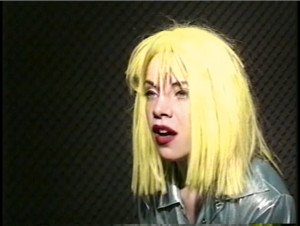How Late‑Hour Coffeehouses Can Reclaim the “Third Place,” Foster Honest Conversation, and Spark a New Creative Renaissance
I heard a story about a bar in Europe whose owner once forgot to restock beer for a night and ended up serving only espresso. He expected the crowd to leave, but they stayed. The atmosphere shifted: people became more aware, yet strangely calmer. After that night they kept coming back, asking for the same thing, and the owner eventually renamed the place Midnight Coffee. He stopped playing loud music, and he noticed that patrons no longer needed to shout. For many, it was the first time in years they’d spent an evening out sober, and they said they felt safer. Even though it was nighttime, the energy remained electric—but it was a different kind of electricity. Conversations grew more honest, and awareness rose.
I can’t verify that the story is true, but the message feels important. I remember a late‑night coffee scene from the ’90s, when the world felt very different and there seems now to be a collective yearning for a more analog experience.
Back then, night‑time cafés thrived. There were poetry readings, experimental acoustic sets, and free live music. Artists, musicians, and students of all ages mingled after work or class. People played chess, read, drafted zines or comic books, and wrote novel fragments. The cafés offered a refuge from home distractions—a place to socialize with strangers without the pressure of volume or intoxication.
Today, many of us are either cooped up at home all day or stuck at work from dawn to dusk. A $60 night out at a bar is out of reach for many, so we stay home, isolated. We’re growing weary of endless streams of bland, pricey corporate productions, of doom‑scrolling and mindless video ads. What we crave is a “third place”—neither home nor work—affordable, alcohol‑free, and gentle enough to let us decompress, create, and connect honestly.
Evening coffeehouses would be a welcome comeback. They could boost mental health, give college students and older teens a safe alternative to bars, and spark a creative renaissance. Imagine people gathering to collaborate on analog, in‑person projects: zines, comics, board games, RPGs, crafts, art, or performances. Young creators could meet outside the constraints of school curricula or formal programs. Older creators could take a break from their day jobs and home. Loud bars rarely foster this kind of spontaneous inspiration, but cafés have done it for decades.
What changed in the past 15 years? The rise of the internet and streaming, plus the trend of people occupying daytime cafés alone on laptops and phones, pushed many cafés to close earlier. Yet we seem to be at a tipping point: burnout from corporate media is running its course, and people are hungry for genuine connection and an affordable, analog space. If cafés began hosting late‑night poetry slams, low‑key live music, or a zine‑lending library, as small examples to get things started —they could ignite creative connection and authentic experiences that everyone seems to need right now.
NOTES:
If you enjoy my writing here, you might also like some of my other projects:
- 💡 I have a Patreon where I share extra writing, behind-the-scenes notes, and updates on creative projects. You can check it out here.
- 📖 I recently self-published my MA thesis on Butoh, which is available here. If you’re curious about performance, embodiment, and cultural history, I’d love for you to read it.
- ☕ If you’d like to give a small one-time tip ($3), you can do so via Ko-fi here. Every bit of support helps and is greatly appreciated!
- And as always – Please like and subscribe!

